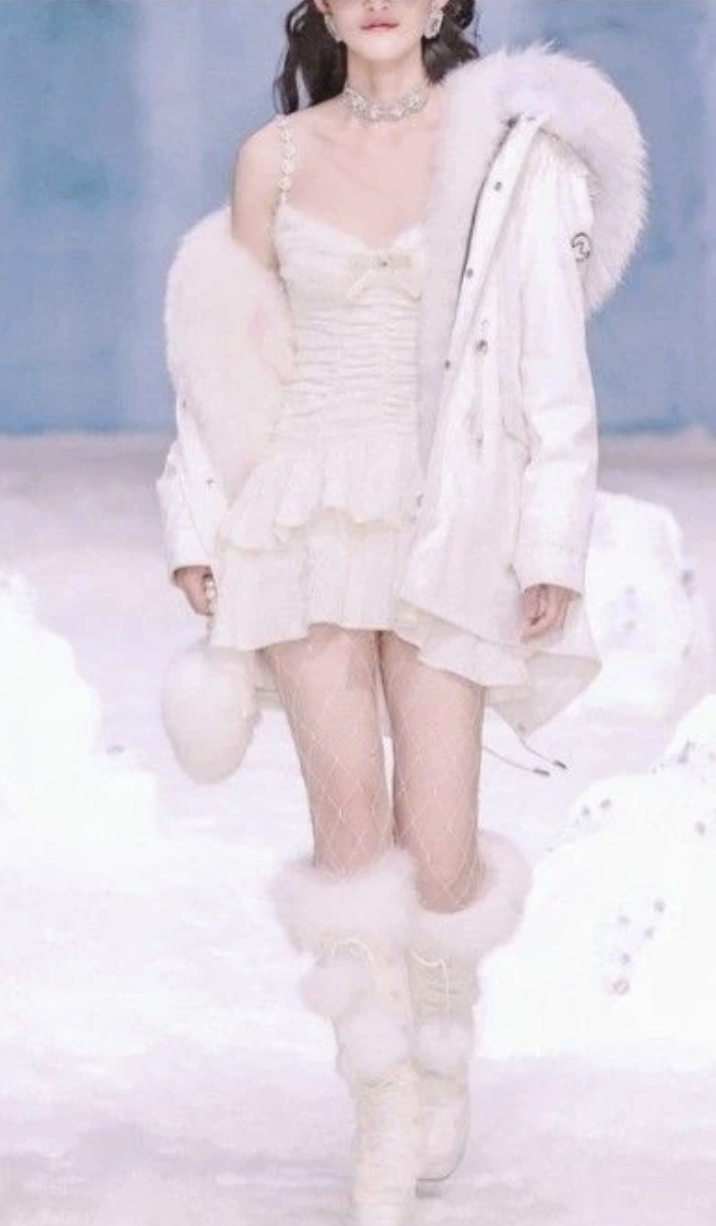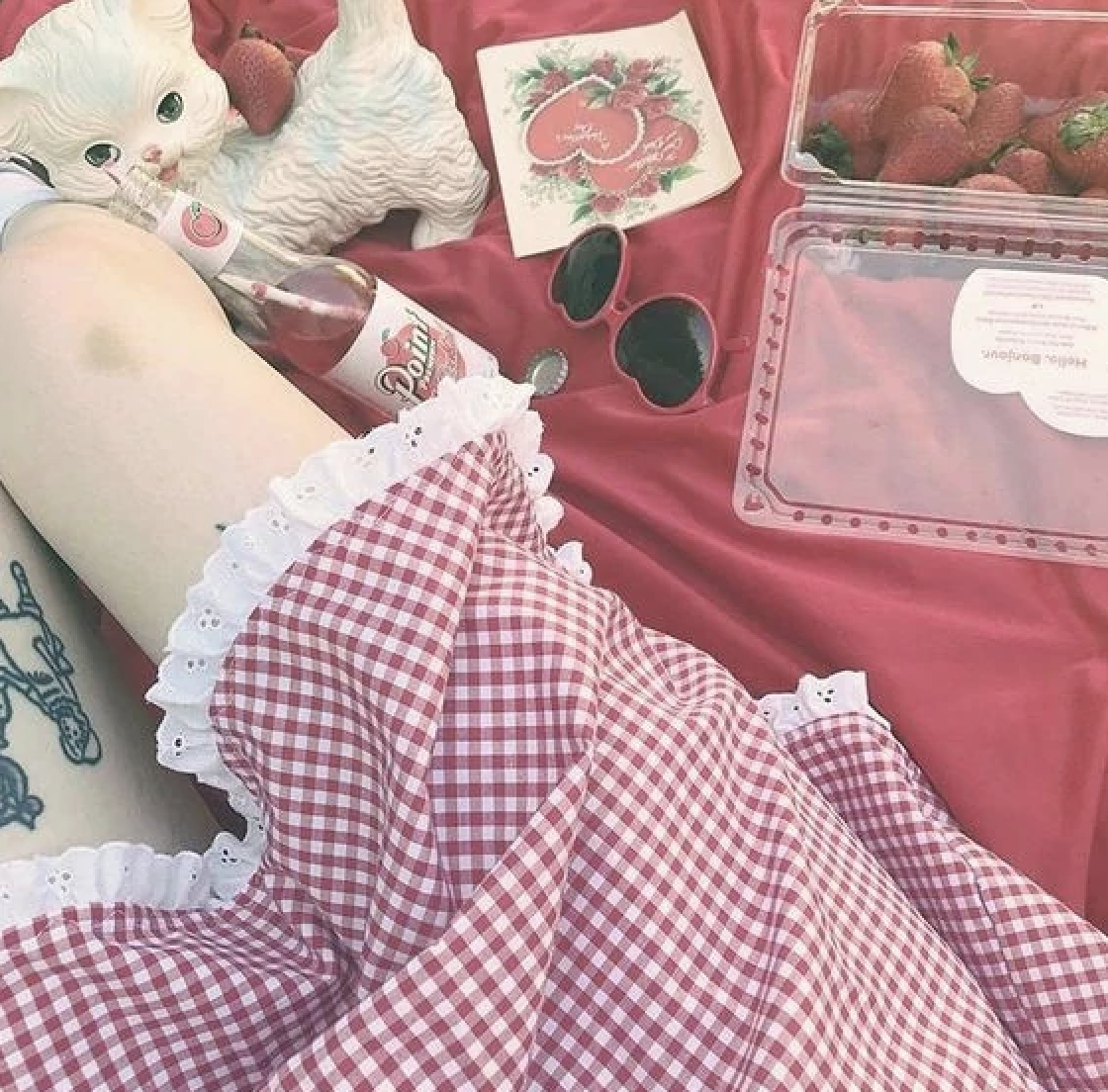Avant Apocalypse to Winter Fairy Coquette: Are Niche Aesthetics Harmful?
By Ashi Gottumukkula
PLASTICS, PREPS, AND BAND GEEKS – There is a psychological desire to be part of an exclusive in-group, especially for people on the fringes of mainstream society. Subcultures provide a platform for these people to come together and share their interests, values, and styles. They are able to explore their identities, and the freedom to do so has led to some of fashion’s most influential movements.
For example, the goth subculture has remained relevant and influential since the 1970s; emblematic of teenage angst and a thematic juxtaposition to mainstream culture, goth fashion allows people to express their emotions and love of music through clothing. The subculture has even influenced several sub-sub cultures: pastel goth, cyber goth, and victorian goth are just three of many examples.
Lou Reed (Photo: Getty Images)
There has been a recent rise of such sub-sub cultures, or niche aesthetics, because of social media. This Aesthetics Wiki provides a comprehensive list of niche aesthetics that people identify with. It includes 500+ aesthetics with in-depth descriptions of the origins, media, music, and fashion trends associated with each one. It lists everything from Avant Apocalypse to Trailer Park Princess to Winter Fairy Coquette. The site claims to help people identify their aesthetics or create moodboards to match a certain aesthetic, which could be helpful for people who are trying to explore their identities and find ways to express themselves.
However, the sheer number of aesthetics points to the commodification of culture, which is always a threat in a capitalist society. Brands recognize the marketability of “niche aesthetics,” as they exploit people’s warring desires of being original and fitting in. People feel immense pressure to label themselves a certain way, but they also feel immense pressure to continuously change their aesthetic due to the ever-changing nature of trends. The identification of everything as a subculture or an aesthetic runs counterintuitive to the idea of subcultures as spaces for people to share their alternative interests, values, and styles. It creates an environment in which subcultures are the mainstream and everyone must belong to one. Subcultures lose their meaning when they become something for people to conform to rather than something that emerges as a free expression of identity.
Furthermore, some of the aesthetics are problematic in and of themselves. Some people claim to have a 2k animecore, femcel weeaboo, or kawaii gamer aesthetic; many of the people who do so are not Japanese. The fetishization and appropriation of Japanese culture is perpetuated by the official nomenclature of these aesthetics. Another example is the Lolita aesthetic; in Western spaces, the term “Lolita” is used to describe a girlish aesthetic in reference to Vladimir Nabokov’s novel Lolita. People dress up in sexualized, child-like outfits and refer to this as a Lolita aesthetic, which is disturbing due to the subject matter of the novel. It is also harmful due to the sexualization of the Japanese Lolita subculture, which has its own rich history and has made clear efforts to combat pedophilia.
The line between self-expression and harmful labels is an extremely thin one, and it has become even narrower due to the rise of niche aesthetics. It is extremely important to constantly re-evaluate their effects.




